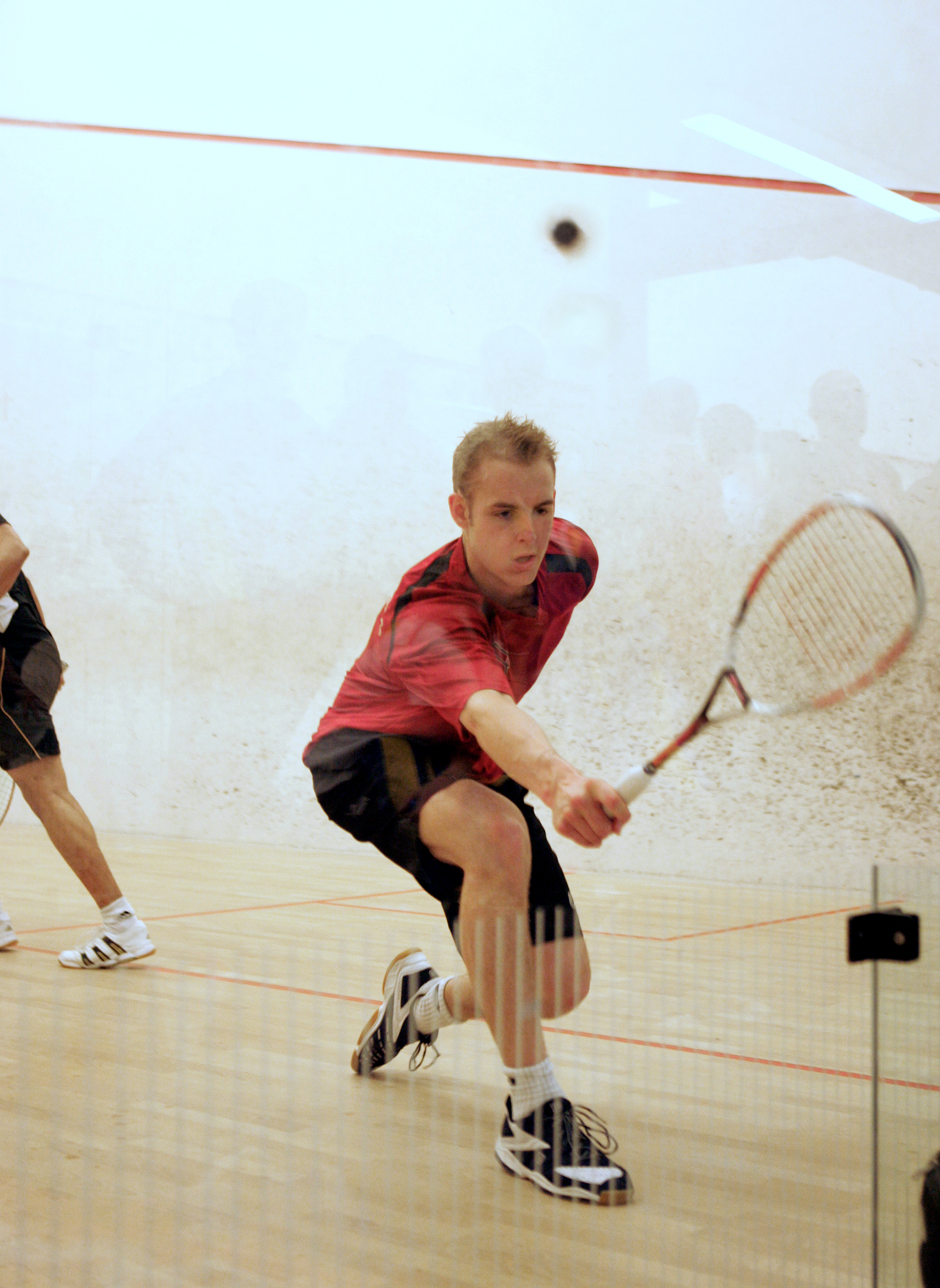By Richard Millman, Director of Squash, Kiawah Island Club

What do I mean by ‘Jail’? Well, the back of the court, or more specifically the back corners in particular.
Since 80% of the game of Squash is and should be played to the back of the court, knowing how to get out of there is pretty imperative. And knowing how to avoid getting there is even better.
So let’s assume that you’re trying to get out of Jail. What kind of ball are you dealing with? Is it a straight ball or a cross court? Was it struck hard or soft? Is it a good length or not? Can you arrive early or are you late? These are the key questions.
Back wall boast
First let’s dispense with the absolute worst-case scenario: Your opponent has played an excellent length and you are going to arrive in the nick of time, just before the ball bounces twice.
What are your options? Well if the ball is traveling away from you toward the back wall and isn’t going to rebound off of the back wall, then you’re going to have to hit a back wall boast. This is a shot that receives almost no attention in the coaching world and yet it is a shot frequently used and necessary. Here are the key elements:
Prepare your legs and body to back away from the back wall as you hit the shot—you will need to move up the court early and well into the front half of the court before your opponent can hit their next shot. Next, using a combination of leg power and plenty of wrist and forearm, flick the ball upwards at a sharp angle—using your judgment to calculate how much energy the ball will need to just make it to the front wall and die. Try and aim the shot as though you were playing a lob in the front corner, so that it strikes the front wall and then slides along the sidewall.
Before it hits the front wall you need to be well up the court, equilaterally covering all your opponent’s potential shots from where the ball lands. You need to leave your opponent with a clear message through your body language and court position, that message being: ‘If you play short I am going to easily get to your shot.’
Why send that message? Because when the ball is at the front of the court the time you will have to recover the next ball if it is played short is tiny, whereas, even though you’re in trouble, if you can make the opponent play long, you have time and may be able to extricate yourself. You may have to play two, three, four or even more back wall boasts just to stay alive, but at least you will be alive, and you may get out of Jail eventually. If you hang back, you’re dead.
Next month: the straight drop from the back corner—a much misunderstood, but probably the most useful, shot when you’re in serious trouble in back corner Jail. And how to avoid Jail in the first place.





